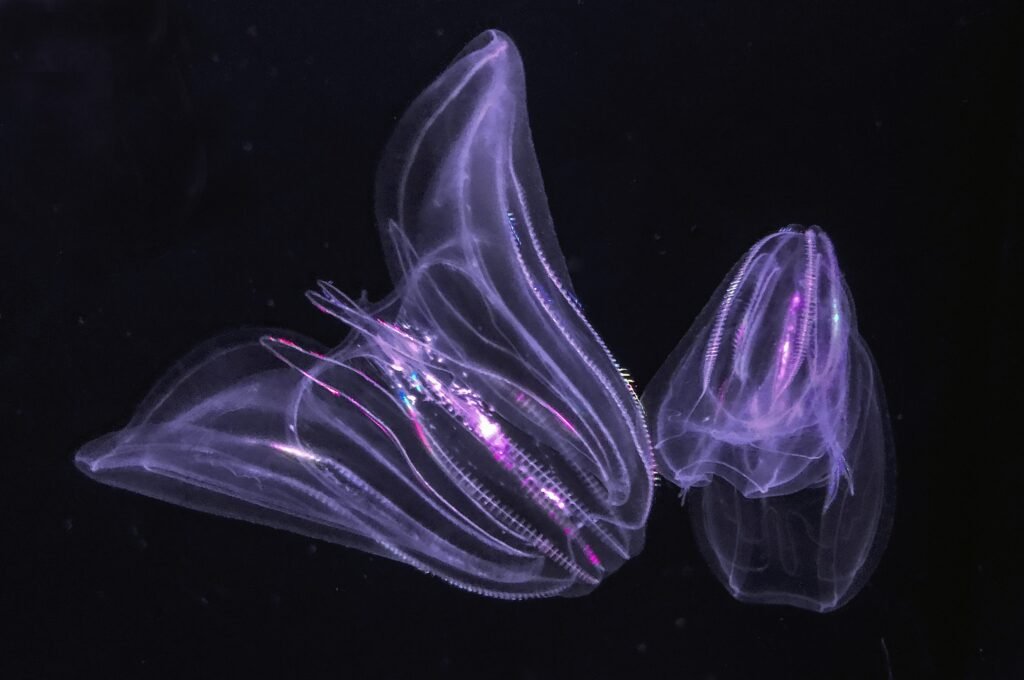World’s Biggest Snake Titanoboa weighs about 2500 pounds
In the records of Earth’s history, there lies a creature of enormous size, the world’s biggest Snake Titanoboa that even the most daring explorer would shiver with horror and terror.
Meet the Titanoboa, a prehistoric giant. He inhabited the ancient forests of South America between 58 and 60 million years ago during the Paleocene Epoch.
The Titanoboa is 42 feet long and weighs up to 2,500 pounds. Its massive size overpowers even the modern-day anaconda, casting a shadow of power over its prehistoric territory.

But what caused the emergence of this massive snake? Titanoboa evolved during the Paleocene-Eocene Thermal Maximum (PETM). It is a period characterized by high global temperatures and lush, marshy settings.
These primordial conditions created the ideal breeding ground for the Titanoboa to thrive, preying on an abundance of big prey that inhabited the tropical landscape.
Titanoboa lived in the region that is today known as northeastern Colombia. Paleontologists discovered the fossils in the Cerrejón Formation of La Guajira, Colombia.
The World’s Biggest Snake Titanoboa, was too heavy to live in trees. As a result, Titanoboa would have lived on the ground, near the water, idle and calmly awaiting the attack on its prey.
The discovery of the Titanoboa has intrigued biologists and paleontologists alike. Hence, it provides an insight into the fascinating world of prehistoric megafauna.

Click here to find interesting facts about why male pufferfish make beautiful underwater circles
Despite its large size, the Titanoboa was an expert at secrecy and a trap, using its immense strength and crushing coils to overwhelm unsuspecting victims. Its diet most likely included large mammals and reptiles, making it an impressive alpha predator at the time.
According to paleontologists, Titanoboa could readily overwhelm and swallow any number of giant turtles or crocodiles. Titanoboa would have swallowed and digested them for months. He used to eat three to four times every year.
While the Titanoboa may have long since vanished into extinction, its legacy continues to demonstrate the remarkable diversity and endurance of life on Earth. Titanoboa stands tall as a reminder of the awe-inspiring creatures that previously roamed our planet.
Read More:
- Sea creature turns into a baby when it is stressed out showing time travel
- Realme Narzo 70 Turbo 5G launch date, features, specifications & price
- European Space Agency printed 3D metal part in space for first time
- Earth’s mysterious Alaska triangle where over 20,000 people disappeared
- Philips Hue launched a new smart lighting solution for kitchen
- NASA to launch life-searching spacecraft to Jupiter’s moon Europa
Share this content:










Post Comment